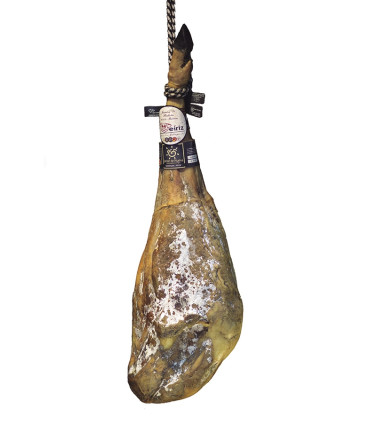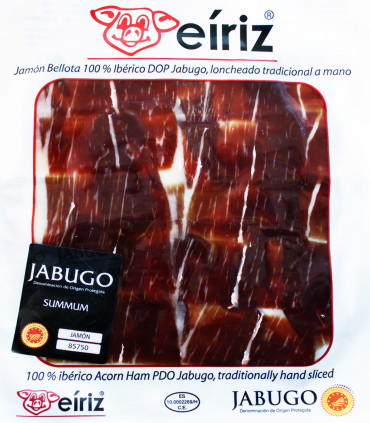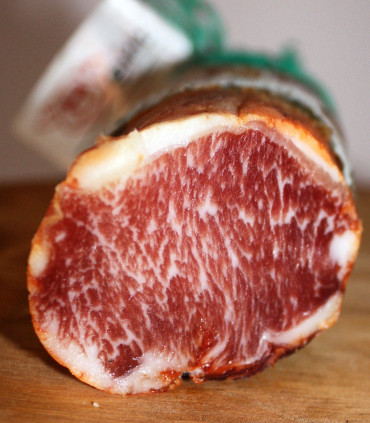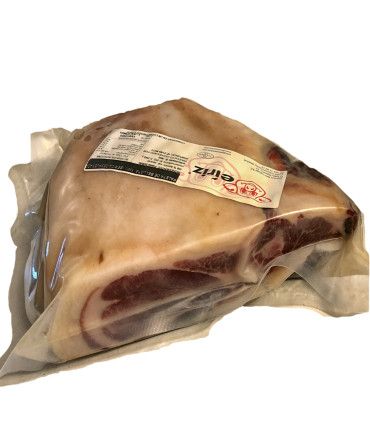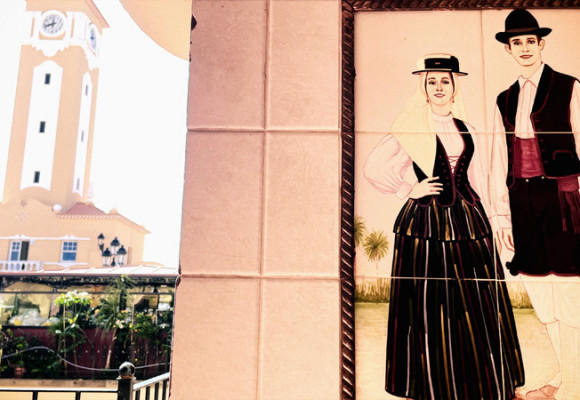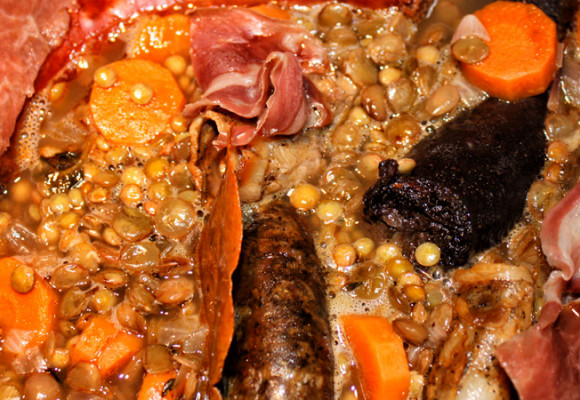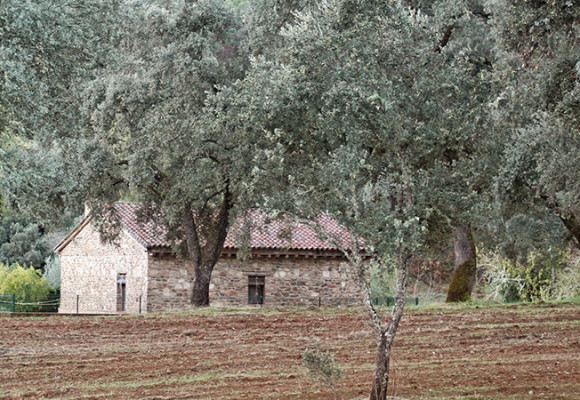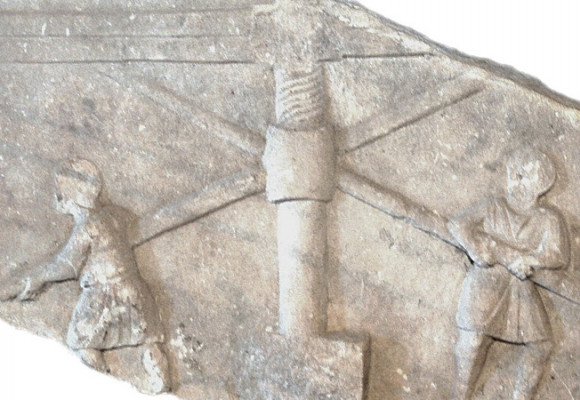Tourist routes to discover Spanish gastronomy. This great idea started some years ago. Combining public and private initiatives, with heritage, culture and landscape as a backdrop, a wide range of information and entertainment in somewhat isolated rural areas has been gathered. Wine, olive oil, cheese (there is also a route of Manchego cheese) and especially Iberian ham, discussed in this article, have all been the subject of thematic routes.
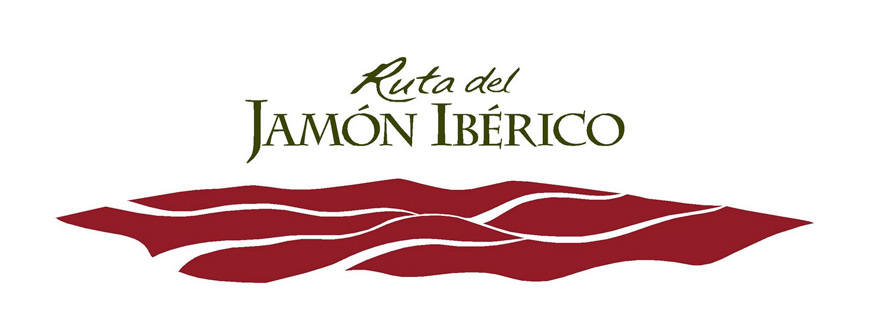
The different Iberian ham routes in Spain:
The 4 main "routes" are in the 4 Denominaciones de Origen (DO) for Iberian ham: Jabugo, Guijelo, Extrémadure, Los Pedroches.
- The Jabugo route covers about 50km between Aracena and Aroche, and is the route that we know best and will talk about below.
- The Guijueloroute, near Salamanca, was established in 1986. It extends along the Ruta de la Plata dual carriageway to the cultivated areas of the Béjar, France and Gredos.
- The “Dehesa de Extremadura” route is divided into two parts: Cáceres and Badajoz. Extremadura is a very well-preserved agricultural area, and the largest breeding area of the Iberian pig.
- The Los Pedroches route is in the province of Córdoba and extends from the Valley of Los Pedroches to the Alto Guadiato and part of the Sierra Morena.
The Jabugo route
Result of perfect harmony between the animal and its surroundings, the cured meats of the Jabugo denominación are the pinnacle of Spanish tables.
Jabugo is a small village perched on the Sierra de Aracena and Picos de Aroche, whose name evokes today the quality, purity and fineness of the acorn-fed 100% ham. The tourist and gastronomic route that takes its name is a set of municipalities that are distributed in the Sierra de Aracena Natural Park and Biosphere Reserve. In each location, there are activities and events that relate to the Iberian ham and the area.
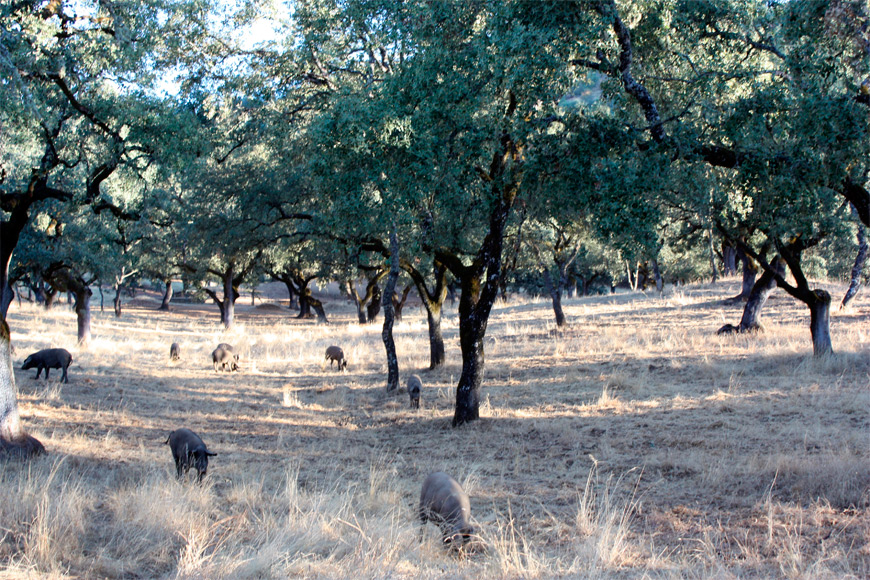
Including exploration of the Dehesa which allows us to understand what it represents for an inhabitant of the rural areas visited. In fact, the pasture is one of the best examples of sustainable integration of human activity and natural space. In fact, the pasture is one of the best examples of sustainable integration of human activity and natural space. For centuries, humans have exploited, maintained and respected the natural Mediterranean forest populated with cork oaks (Quercus suber) and holm oaks (Quercus ilex), with enough space for each tree. This relatively well protected space (officially a Natural Park and Biosphere Reserve), is one of the most important locations for high quality ham. Each tree is pampered so that it provides a maximum of acorns in autumn.
Several restaurants and bars located along this route participate by offering tasting menus or tapas of cured meats and Iberian pork of the Jabugo Denominación de Origen. (Recommended tasting: the Iberian presa, iberian pork tenderloin, the cheeks...)
There are also planned visits to the Aracena Museum of the Ham, the Cave of Wonders, and to churches and castles, historical examples of Andalusian heritage. The small villages in the surrounding area are full of charm and rural authenticity: Almonaster la Real, Alajar, Linares de la Sierra (with its hammam), Fuenteheridos and Castaño del Robledo.
Among the various accommodation possibilities, the "Finca Montefrio" is recommended. It is an ecological farm, which offers comfortable and cozy rural houses. You can wake up in the morning amid the completely free-range Iberian pigs! The lovely owners are pleased to show us round the farm, a beautiful example of organic farming.
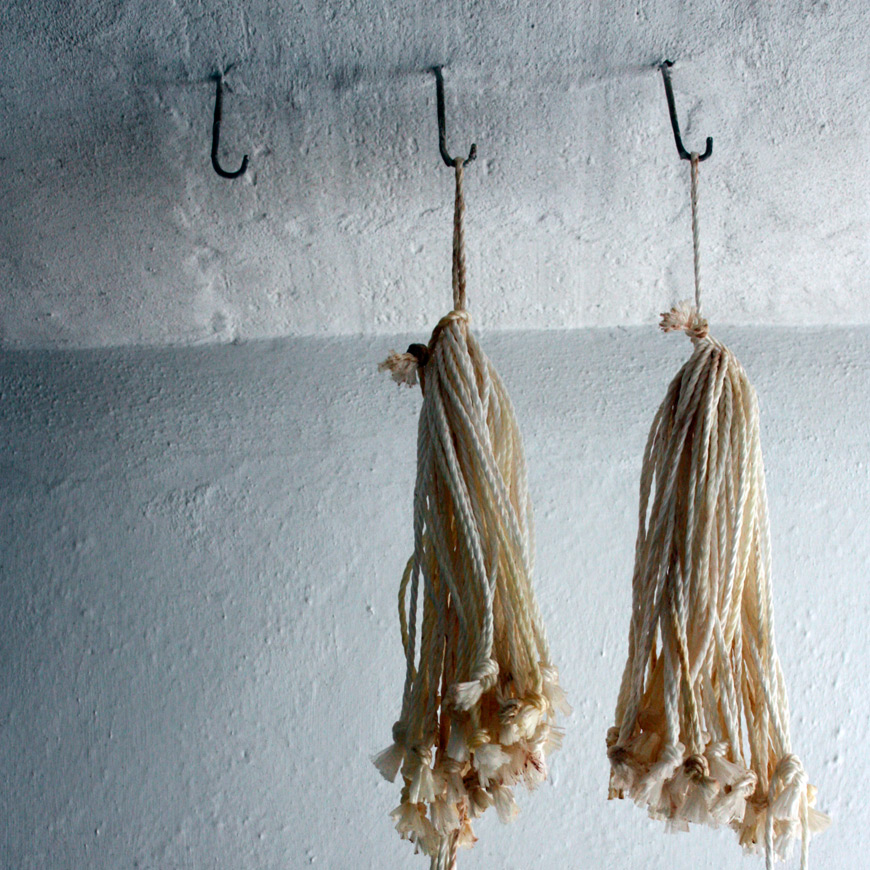
Visit a drying house of Iberian hams and enjoy a tasting
Several breeders or producers open their "secret garden" for guided tours rich in explanation of this artisanal economy which are available to aficionados or professionals.
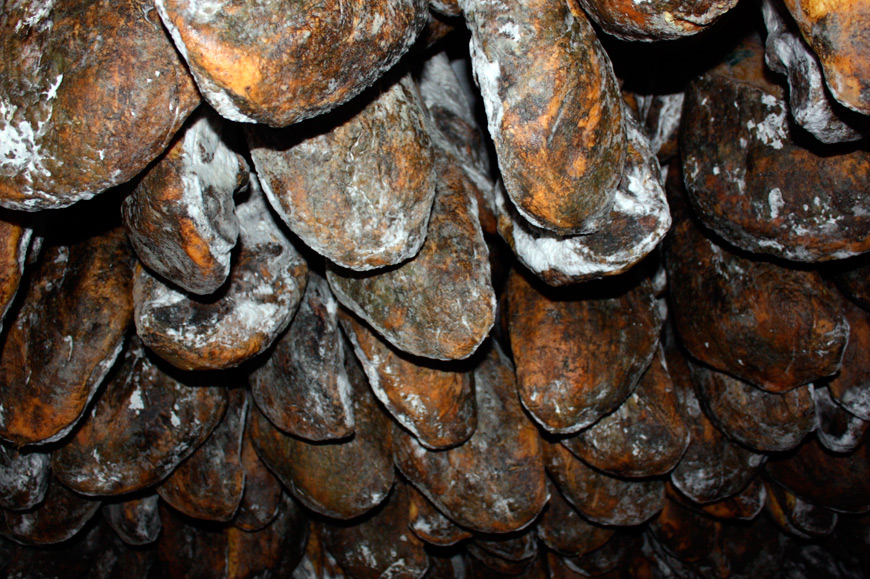
The Eíriz company, in Corteconcepción, is an essential stop. It gives you a complete overview of the production process of ham, from the cereal-fed (white label), to the pure pata negra (black label). From breeding pigs outdoors to curing in the dryer, then ageing in a cellar; much useful information is provided during the visit. This phase of the "Jabugo route" begins with a tour of and explanations of the Dehesa, where the Iberian pigs are raised in total freedom. In particular, you can learn about the close relationship between this ecosystem (Biosphere Reserve) and pastoral activity. The Montanera, (period in which mature acorns fall from the trees) will determine the quality of the hams, consumed 3 years later. Just like a wine grower worries until the harvest, the Iberian pig breeder knows that their work also depends on several climatic factors.
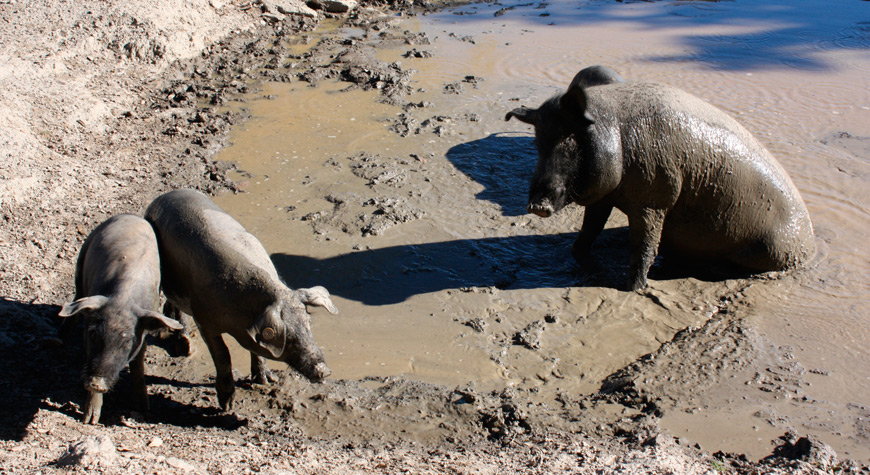
Depending on the time of day, the climate, and their will, some examples of "Iberian pigs" can be seen. One learns to recognise the specific differences between the varieties of pigs (ears, ankles, colour, snout...). The visit continues inside. With a protective gown over your clothes, you can access the facilities: cold rooms, the salting room, ibérico loin/lomito/chorizo manufacturing area, ham and paleta dryers, etc. Every step in the production, curing and ageing of their meats is shown, with total transparency.
Lastly, a stage that will leave you marvelling at this true "art" that the Eíriz family has developed over decades: the and well explained tasting. During this tasting you can try two types of ham: cereal ham and acorn-fed ham, and also the excellent range of iberian lomitos and loin (with paprika or black pepper and garlic). A dry white wine from the Huelva region accompanies the tasting perfectly. Please, contact us if you are interested in this tour and tasting.
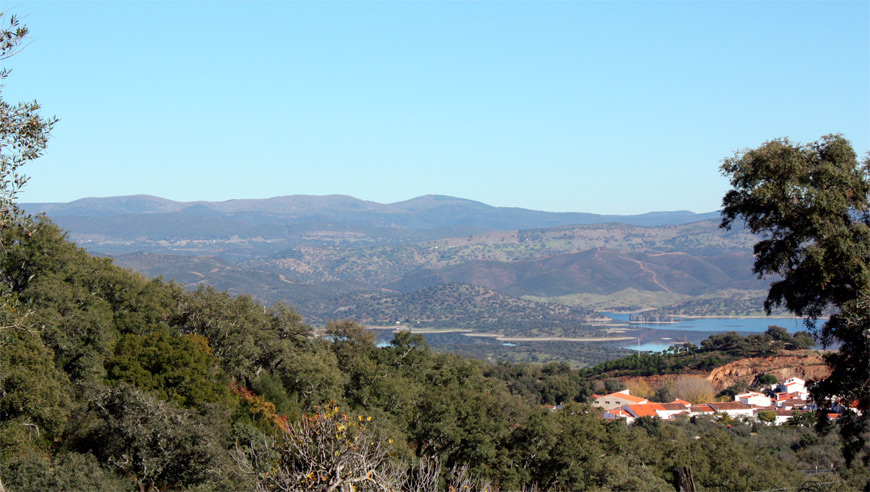
Other activities can be added on the Jabugo route. Still based in nature, walking and horse riding clubs allow you discover a region whose life rolls with the seasons. In autumn, for example, in addition to the start of the montanera, visitors are attracted by the chestnut harvest.
Visit to Jamones Eíriz
We do not resist the urge to show you how you can be sexy surrounded by iberian hams...
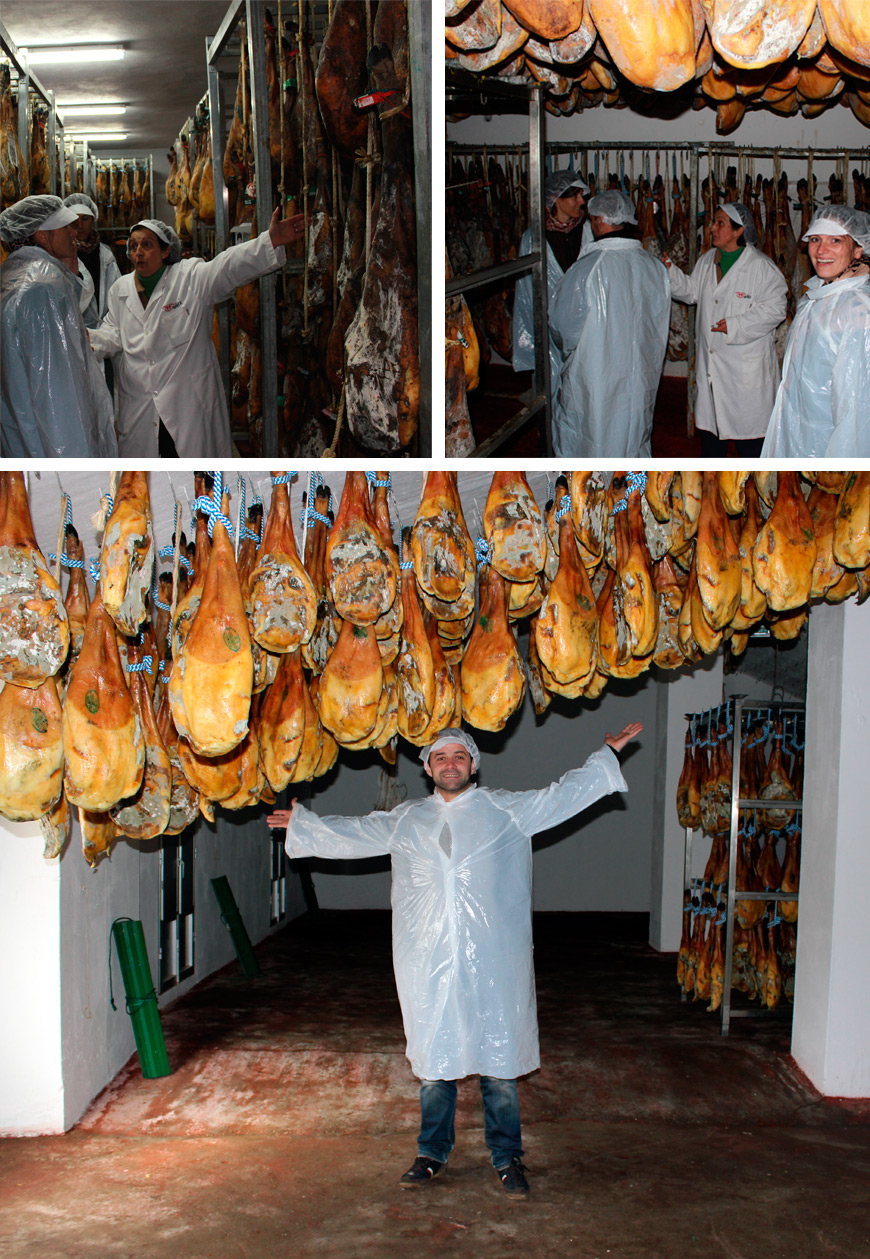
 fr
fr en
en es
es

